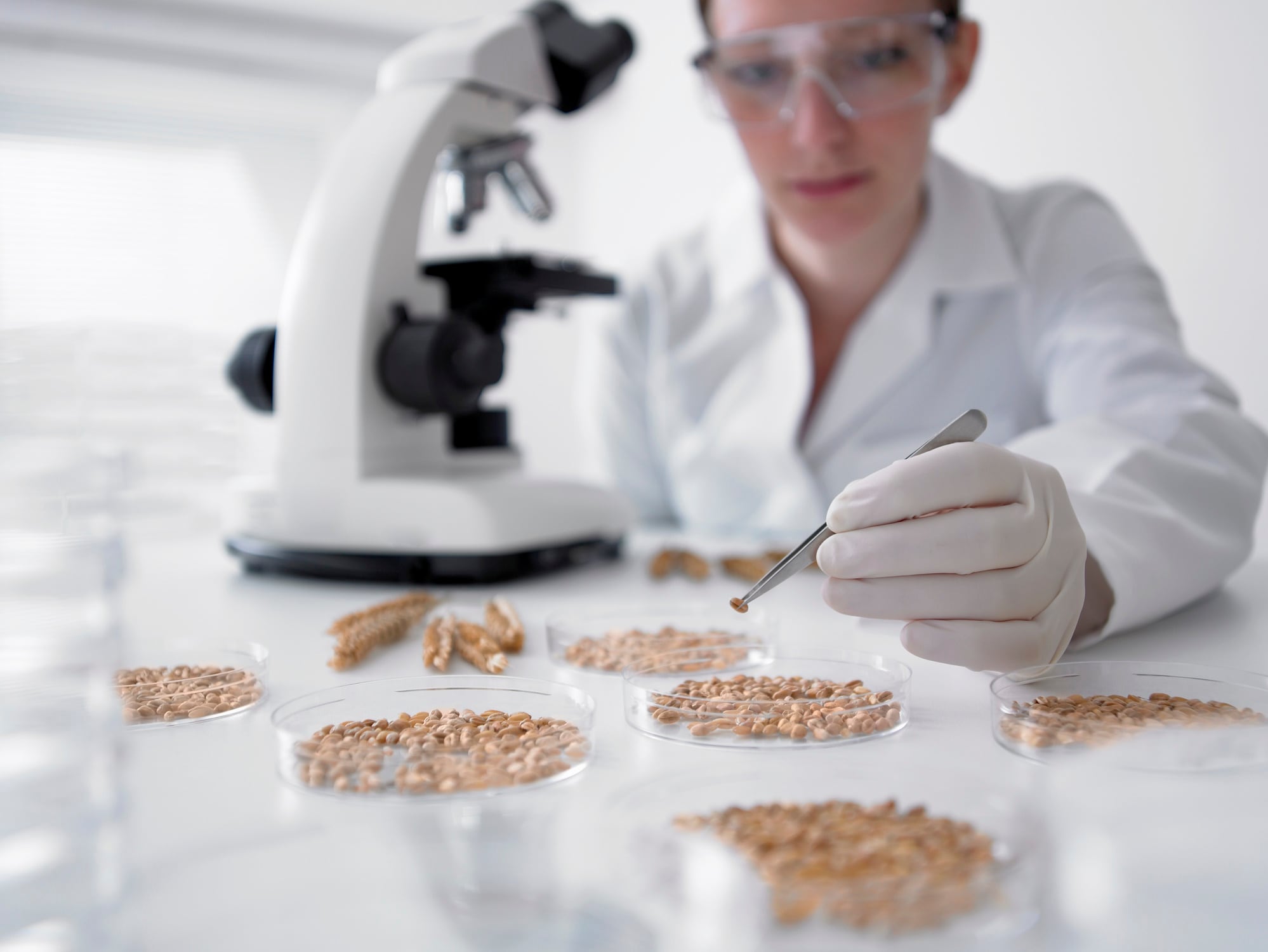Emerging genetics research could help brands create mainstream wheat products that are safer for gluten-sensitive consumers – without compromising texture, taste or performance in baked goods, said Jorge Dubcovsky, plant geneticist and breeder at UC Davis.
For decades, wheat has been a staple of the global diet – but for people with celiac disease or gluten sensitivity, it can be a source of significant health challenges. Dubcovsky has spent the last 27 years exploring ways to make wheat safer for consumers, without compromising the qualities on which bakers – and bread lovers – rely.
“Some people tried to say we don’t have a problem” with wheat allergenicity, Dubcovsky said. “I tried to do the opposite. I think we have a problem, and how can we contribute to alleviate it? That’s how we started.”
Dubcovsky’s early research laid the groundwork for his current work on reducing allergenicity. Previously, Dubcovsky increased dietary fiber in wheat by boosting amylose, a type of resistant starch, without affecting taste or baking quality. He also deleted a gene cluster that generates gluten proteins capable of triggering immune reactions – again maintaining breadmaking performance.
The goal of Dubcovsky’s research is to mainstream wheat with reduced allergenicity that still performs in baking applications.
The research is supported through a Seeding Solutions grant from the Foundation for Food & Agriculture Research (FFAR), the California Wheat Commission, the Celiac Disease Foundation, and the Kansas Wheat Commission – which together are investing $990,000. It leverages modern tools like radiation mutants and CRISPR gene editing to reduce allergenic proteins in wheat.
Two paths to healthier wheat
Dubcovsky’s work runs on two parallel tracks. The first is purely scientific: creating wheat lines completely free of allergenic proteins.
“This will not be a product useful for consumers,” he explained, because eliminating all gliadins and glutenins – key proteins that contribute to bread structure – produces poor-quality wheat. These lines are essentially genetic stocks for research, helping scientists understand which proteins trigger immune responses.
The second track aims to produce wheat with reduced allergenicity – but without sacrificing quality or yield.
Dubcovsky emphasizes this is not a gluten-free approach.
“It’s to create a wheat that is less allergenic,” he said. “The hope is, if we start adopting those wheats, there will be a reduced incidence of [celiac] disease at the population level.”
In practical terms, this means removing the most immunogenic epitopes – the small protein segments recognized by the immune system in celiac disease – while preserving the gluten network that gives bread its elasticity and texture. In other words, glutenins serve as the scaffolding that traps air bubbles in bread, and gliadins as the allergenic pieces – removing gliadins can reduce immune reactions without flattening the loaf, according to Dubcovsky.
Baking quality intact
For bakers and CPG brands, the key question is whether removing allergenic proteins will affect texture, mouthfeel or overall quality.
Dubcovsky said the results are encouraging.
“The first two reductions we have produced are indeed associated with an increase in quality, not a decrease,” he said.
“You can eliminate gliadins without affecting gluten strength,” he explained. “We’ve tested the varieties in full baking trials, and the breads are very good. Zero difference in sensory perception – texture, crumbing, mouthfeel – it’s identical. In fact, the gluten is stronger in some cases.”
Dubcovsky offers a simple analogy for CPG teams: “Bakers sell you water. For breads, you want high water absorption and volume; for cookies, you want air. It depends on the product. Removing the allergenic proteins doesn’t affect what you are selling.”
Navigating labeling and regulatory complexity
A key concern for industry is labeling.
Dubcovsky distinguishes between traditional GMOs and other methods like mutagenesis or CRISPR gene editing.
“If you use radiation or chemical mutations – or natural mutations – it’s not labeled as GMO,” he said. “CRISPR is more nuanced: the end result is indistinguishable from a mutation created by other methods, but people fear the technology.”
For now, the wheat lines Dubcovsky’s lab is developing use fast-neutron radiation mutants and natural variations, meaning they can be introduced without special GMO labeling.
“We want to label them as reduced allergenicity,” he said. “From my perspective as a breeder, I can name my variety any way I want. The industry can decide how to communicate it on packaged products.”
Looking ahead
The first wheat varieties with reduced allergenicity are expected in two to three years. Dubcovsky stresses that adoption depends on the industry recognizing value – either through consumer demand or potential regulation.
“If there’s no value, nobody will pay the extra cost,” he said. “But if the milling industry requests this [innovation], growers will follow.”
In the longer term, his team is exploring transgenic and advanced gene-editing approaches to create wheat suitable even for those with diagnosed celiac disease. But for most commercial applications, the focus remains on developing mainstream wheat with lower allergenicity that doesn’t require special processing or additives.
“Our dream is that all the wheat in the world will become less allergenic,” Dubcovsky said. “We are not just trying to make gluten-free alternatives; we are trying to make wheat a better, safer food for everyone.”




